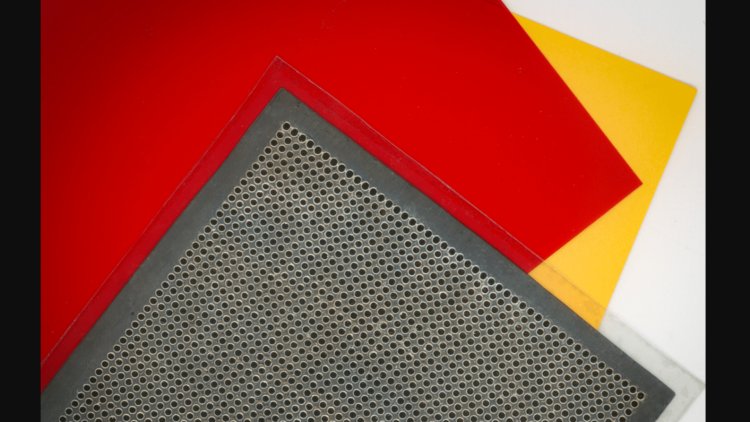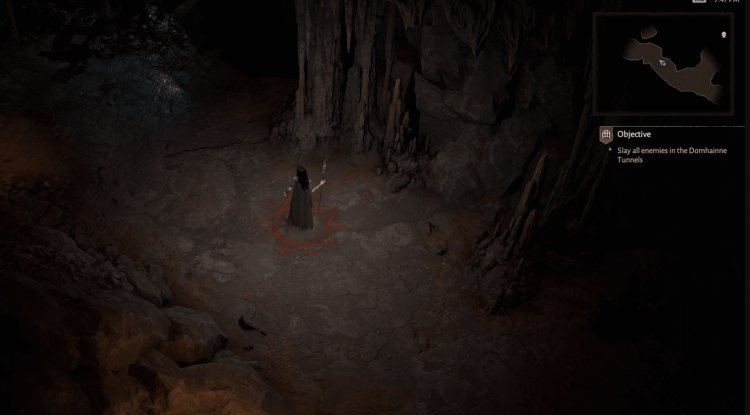The Design of MIT: Paper-Thin Speaker

The MIT researchers' idea is based on miniature domes on a thin layer of piezoelectric material, each of which vibrates independently.
A speaker designed in MIT labs produces sound with minimal distortion, using only a fraction of the energy consumed by traditional speakers. The speaker does not weigh more than a coin, it generates high-quality sound no matter what surface you attach it to.
A new approach
A thin-film speaker could cancel out noise in noisy environments such as an aircraft cockpit, generating the sound of the same amplitude but opposite phase.
This flexible device also offers a three-dimensional sound experience in a theater or amusement park ride. And because it's lightweight and requires so little power to operate, it's also suitable for smart devices with limited battery life.
The new speaker, described in the journal IEEE Transactions of Industrial Electronics, simplifies speaker design by using a thin layer of piezoelectric material that moves when voltage is applied to it that moves air, and creates sound.
Most thin-film speakers are stand-alone because the layer must bend freely to produce sound. Placing these speakers on the surface would interfere with vibration and interfere with their ability to create sound.
The design of MIT researchers relies on small domes on a thin layer of piezoelectric material, each of which vibrates separately. These domes, no larger than a few hairs wide, are spaced apart, allowing them to vibrate freely and at the same time protect against wear and bumps.
High quality, low power
The domes are 15 microns high, and when they vibrate they move only half a micron. Each dome is one unit for generating sound, and there are thousands on the surface of the speakers.
When 25 volts of electricity is passed through the device at 1 kilohertz, the speaker produces high-quality sound at a talking level of 66 decibels. At 10 kilohertz, the sound pressure level rises to 86 decibels, which is the volume level of city traffic.
An energy-efficient device requires only about 100 milliwatts of power per square meter of speaker area. In contrast, the average home speaker consumes more than a watt of energy to generate similar sound pressure over a comparable distance.
Lots of possibilities
Because the small domes vibrate, not the entire layer, the speaker has a high enough resonant frequency to be used effectively for ultrasound recording that uses very high-frequency sound waves to produce images, and higher frequencies give better image resolution.
The device could use ultrasound to detect where a person is standing in a room, just as bats do use echolocation, and then shape sound waves to follow a person as they move.
If the vibrating domes are covered with a reflective surface, they could be used to create light patterns; immersed in liquid, vibrating membranes could be used to mix chemicals with less energy consumption.





























